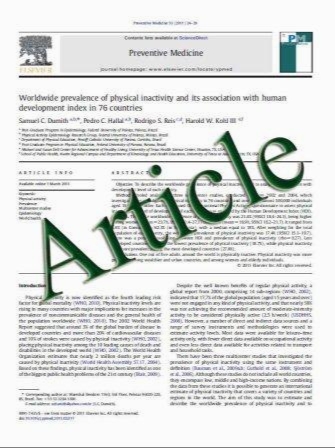Possible involvement of Cyp3a enzymes in the metabolism of tetrahydrocannabinols by mouse brain microsomes
- نوع فایل : کتاب
- زبان : انگلیسی
- مؤلف : Kazuhito Watanabe Mai Fujinami Satoshi Yamaori Ikuo Yamamoto
- چاپ و سال / کشور: 2010
Description
D8-Tetrahydrocannabinol (THC) and D9-THC were mainly oxidized on the pentyl side chain at the 40-position by mouse brain microsomes. 50-Hydroxy-THCs were also formed as minor metabolites. However, 11-hydroxy metabolites of THCs, which are major metabolites of the cannabinoids produced by mouse hepatic microsomes, were not detectable as the metabolites formed by mouse brain microsomes. Cytochrome P450 (CYP) enzymes involved in the brain microsomal metabolism of D8-THC and D9-THC were identified by using CYP-selective inhibitors. The 40- and 50-hydroxylations of THCs were strongly inhibited by ketoconazole and troleandomycin, the known inhibitors of CYP3A enzymes, but not by other isozyme-selective inhibitors, such as 7,8- benzoflavone (CYP1A), quinidine (CYP2D), and sulfaphenazole (CYP2C). These results indicate that Cyp3a enzymes are responsible at least in part for the metabolism of D8-THC and D9-THC by mouse brain microsomes. Our present results using mouse brain seem to support the idea that the mode of THC metabolism by CYP enzymes in human brain is different from that in human liver.
Forensic Toxicol (2011) 29:56–60 DOI 10.1007/s11419-010-0103-0 Received: 28 July 2010 / Accepted: 25 October 2010 / Published online: 17 December 2010


